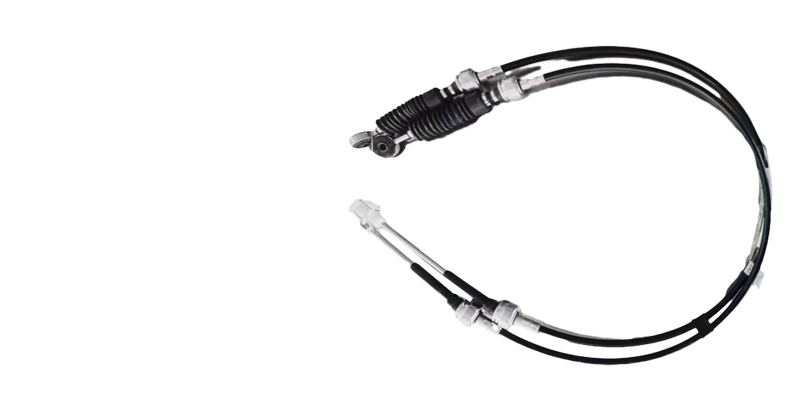car hand brake cable
Understanding the Importance of Car Hand Brake Cables
The hand brake, or the emergency brake, is an essential component of a vehicle's overall braking system. Among its various components, the hand brake cable plays a crucial role in ensuring safety and effective vehicle control. This article will delve into the function of the car hand brake cable, its maintenance, potential issues, and when to consider replacements.
What is a Hand Brake Cable?
The hand brake cable is a steel wire that connects the hand brake lever inside the vehicle to the brake mechanism at the rear wheels. When the driver pulls the hand brake lever, the cable pulls on the brake shoes or pads, activating them and bringing the vehicle to a stop. This is particularly important in situations where the main braking system fails or when parking, ensuring the vehicle remains stationary on inclined surfaces.
How Does the Hand Brake Work?
When engaged, the hand brake cable should tighten evenly across both rear wheels. This even application helps prevent uneven wear of the brakes and ensures that the vehicle remains securely in place when parked. The hand brake operates independently of the foot brake, which is fundamental to a car's primary braking system. This independence is what makes it a critical fail-safe mechanism.
Maintenance and Inspection
Regular maintenance of the hand brake cable is essential for ensuring it works effectively when needed. Here are some crucial aspects to keep in mind
1. Visual Inspection Periodically check the hand brake cable for visible signs of wear or damage. Look for fraying, rust, or any indication that the cable may be failing.
2. Tension Adjustment The hand brake cable may require adjustment over time, as it can stretch with use. A poorly adjusted cable can lead to either a slack brake that doesn’t engage properly or an overly tight cable that causes wear on the brake components.
3. Lubrication Ensure that the cable is properly lubricated. A well-lubricated cable can move smoothly, reducing the chances of sticking and ensuring the effective engagement of the hand brake.
car hand brake cable

4. Professional Checks It’s advisable to have the hand brake system inspected by a qualified mechanic during regular vehicle servicing. They can provide an expert opinion on the condition of the cable and make necessary adjustments or replacements.
Common Issues with Hand Brake Cables
There are several common issues that vehicle owners might encounter regarding hand brake cables
1. Cable Fraying or Breaking Over time and through regular use, the steel cable can fray or even snap. If you notice the hand brake handle pulling too easily or if it feels loose, it may be due to a frayed cable.
2. Rust and Corrosion If rust develops on the cable, it can lead to sticking or breaking. It's crucial to address any rust issues immediately to ensure the longevity of the cable.
3. Improper Adjustment As mentioned earlier, cables can stretch over time, requiring adjustment. If the hand brake doesn’t seem to hold the vehicle securely, it’s critical to check whether the cable is properly adjusted.
4. Wear on Brake Components Sometimes the issue lies not with the cable itself but with the brake shoes or pads that it actuates. Worn-out components can lead to inefficient braking, compromising safety.
When to Replace the Hand Brake Cable
If you observe any of the symptoms mentioned above, it may be time to consider a replacement. Signs that a hand brake cable should be replaced include
- The hand brake lever feels unusually loose. - The hand brake doesn’t hold the vehicle in place even when fully engaged. - There are visible signs of wear, rust, or damage on the cable.
In general, it’s essential to take any warnings seriously and address them promptly. The hand brake might seem like a simple component, but its importance cannot be overstated. A timely maintenance routine and awareness of potential issues will go a long way in ensuring that your vehicle remains safe and reliable on the road.
-
Upgrade Your Control with Premium Throttle CablesNewsAug.08,2025
-
Stay in Control with Premium Hand Brake CablesNewsAug.08,2025
-
Experience Unmatched Performance with Our Clutch HosesNewsAug.08,2025
-
Ensure Safety and Reliability with Premium Handbrake CablesNewsAug.08,2025
-
Enhance Your Vehicle with High-Performance Clutch LinesNewsAug.08,2025
-
Elevate Your Ride with Premium Gear CablesNewsAug.08,2025
